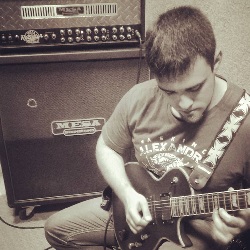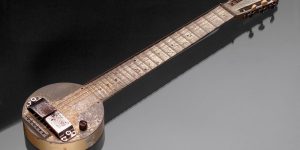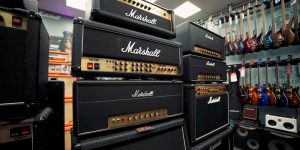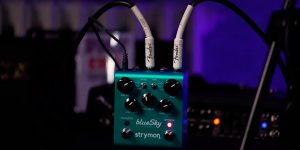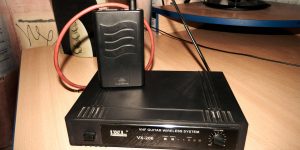Getting a proper cable for an electric guitar is of tremendous importance if you want to preserve the tone and sounding that it is designed to deliver. There are many types of patch cables that differ in length, connectors, cables, and jackets. A good patch cable is created with the peculiarities of an electric guitar in mind. This means it is supplied with top-notch connectors, made of durable materials, and has some strain relief where a connector and a cable meet. Besides, a good cable doesn’t deform when laid on the surface. It must provide a solid connection without causing excessive play and looseness.
While buying patch cords, you have to choose between those with rubberized cloth and (poly)vinyl jackets. The first 2 variants are best suited for the core guitar & amplifier setup, while the third is a go-to option for attaching effect units. Anyway, the choice usually boils down to personal requirements, but remember that rubberized cables are easier to keep tidy.
The average service life of a patch cable is about 5-10 years, but that is much affected by the type of cable you opt for. The most popular variants are described below.
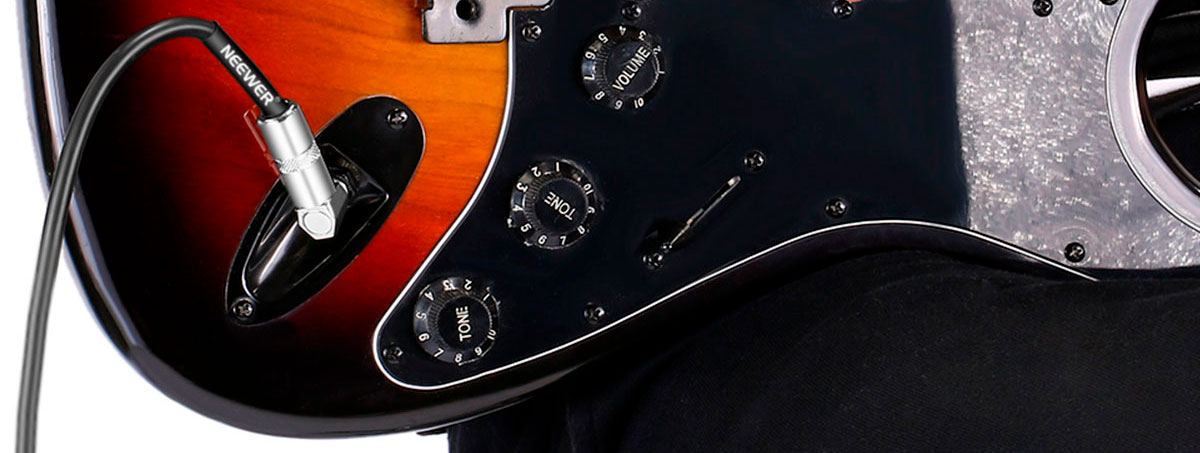
MIDI Cables
Nowadays, many specialists resort to MIDI cables for transferring data, but they were initially created for transmitting audio signals. MIDI cables are unmatched when it comes to transferring control signals between MIDI-capable musical instruments, guitars included. They don’t have shielding of separate wires inside cables since data transferring isn’t affected by transmission rates.
XLR Plugs
Known as the most durable type of wires, XLR plugs have won the hearts and minds of both seasoned musicians and their aspiring colleagues. All reputable institutions related to music production use these cables. You can use such cables for connecting guitars and other equipment. The plugs have a special catch mechanism, which eliminates the possibility of accidental disconnection of a cord.
Polyphonic/Hexaphonic Cables
These cables are a great option if your main goal is to define every separate string, different effects, or guitar 2MIDI. They first appeared in 1989, thanks to Roland/BOSS. The cables are based on a DIN 13pin used in old car radios.
We are supported by our audience. When you purchase through links on our site, we may earn an affiliate commission at no extra cost to you.
Our newsletter
* We will never send you spam or share your email with third parties
